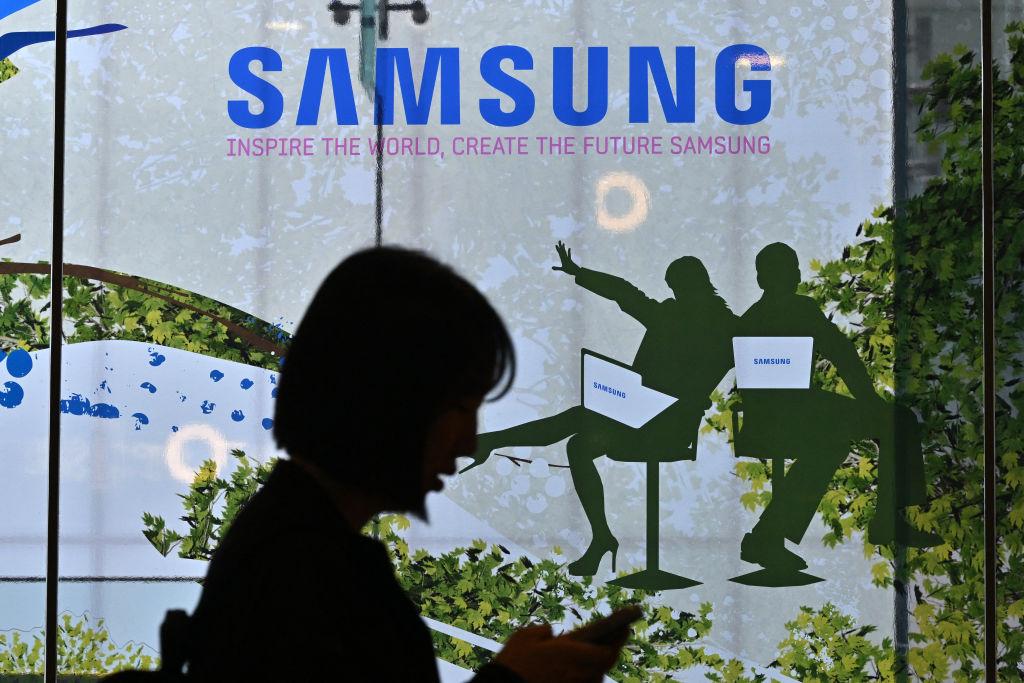South Korea’s shipbuilding industry is poised for significant growth, fueled by a defense industrial partnership with the United States that began under the Biden administration. The momentum is expected to continue through 2025 and beyond, as the Trump administration has reaffirmed its bilateral commitment in the sector.
Among all U.S. allies, South Korea stands out as the leading shipbuilding power. In January, South Korean shipbuilders reclaimed top spot over China, capturing 62 percent of the global market share for ship orders, according to UK-based Clarksons Research, a leading shipbuilding and shipping market analysis agency.
The United States–South Korea defense industrial partnership took shape at the Camp David Summit on Aug. 18, 2023, when President Joseph Biden, along with the leaders of Japan and South Korea, committed to strengthening trilateral cooperation.
Half a year later, the partnership between the United States and South Korea reached a major milestone when South Korea’s HD Hyundai Heavy Industries secured a maintenance contract with the U.S. Navy’s Naval Supply Systems Command, becoming the first South Korean shipyard to secure an order from the U.S. Navy for maintenance and repair.
Confronting the China Shipbuilding Challenge
As Trump returns to the White House, the sector’s outlook continues to improve, with his second administration actively working to overhaul the U.S. Navy’s fleet to confront the escalating challenge posed by China’s dominant shipbuilding and maritime forces.The Chinese navy is already the world’s largest in terms of fleet size; its shipbuilding capacity is estimated to be more than 230 times that of the United States.
On Nov. 7, 2024, in his first phone call with now-impeached South Korean President Yoon Suk-Yeol following his election victory, Trump emphasized the importance of strengthening bilateral cooperation in security and economic areas. He specifically highlighted South Korea’s shipbuilding expertise, particularly in the construction of world-class warships and vessels, as well as its robust repair and maintenance capabilities.
On Jan. 6, Trump further revealed his plan to outsource the Navy’s maintenance, repair, and overhaul contracts to trusted allies as a strategic solution.
The approach aims to address the significant challenges faced by the U.S. Navy in restoring its shipbuilding and maintenance capacity. U.S. shipyards have struggled to compete with foreign counterparts due to higher labor and construction costs. As a result, the lack of a steady stream of contracts made it impossible for them to maintain the necessary infrastructure or workforce.
Optimistic Outlook Under Trump
Presently, South Korean shipbuilders are increasingly eager to capitalize on the opportunities that are expected to arise under the Trump administration. For example, HD Hyundai Heavy Industries aims to secure maintenance contracts for up to three U.S. Navy ships in 2025, while Hanwha Ocean plans to secure maintenance contracts for up to six U.S. Navy ships this year.Stocks of the two South Korean shipbuilders rose by double digits on Feb. 12.
Investors also reacted enthusiastically to the news of bills introduced in the Senate to allow U.S. allies to build U.S. military vessels.
Currently, U.S. laws mandate that Navy and Coast Guard vessels be constructed at domestic shipyards. The legislation proposed by Senators Mike Lee (R-Utah) and John Curtis (R-Utah) on Feb. 5 aims to lift the restriction.
In addition, Trump’s plans to increase oil drilling as part of a broader strategy to boost U.S. energy exports are expected to strengthen the liquefied natural gas (LNG) shipping market.
South Korea holds a clear advantage in this area, owing to its unique expertise in designing and constructing vessels that can safely store and transport LNG at extremely low temperatures of about -256°F. In contrast, China’s technology in this area lags far behind.
Shipbuilding Strength
South Korea reclaimed its lead in the global shipbuilding industry in January after China took the spot for several years.South Korea remains a dominant force in the high-value segment, particularly in constructing ultra-large container vessels and LNG carriers.
China, on the other hand, has focused on price competitiveness, taking advantage of its low-wage labor force and focusing on low-value vessels such as bulk carriers.
South Korea is the 13th largest economy in the world, with advanced technological capabilities, and is expected to play a major role in helping the United States confront Chinese communist aggression. Its status as a major non-NATO ally gives it key advantages in trade and security cooperation with the United States.
Trump’s plan to outsource the Navy’s MRO contracts to South Korea will not only boost profits for South Korean shipbuilders, but it will also deepen the U.S.–South Korea security partnership.








